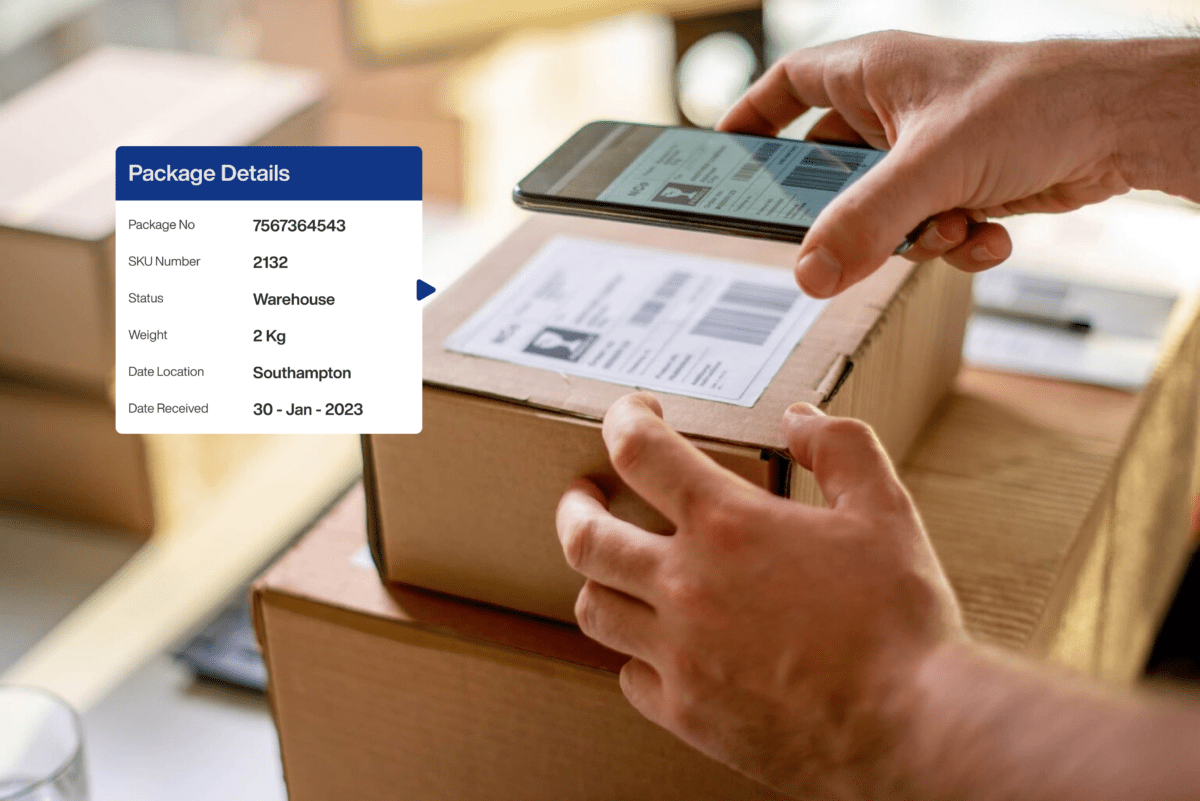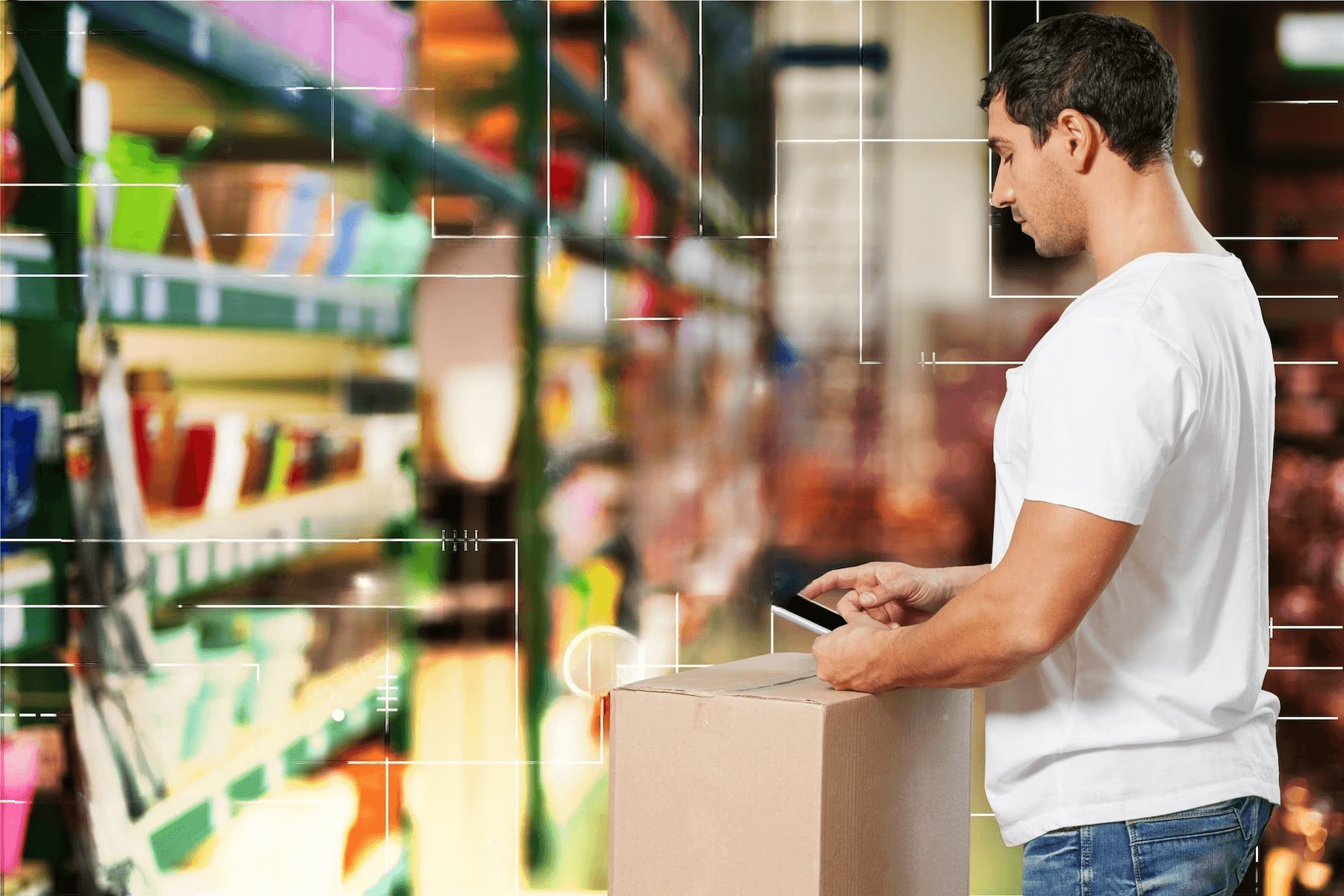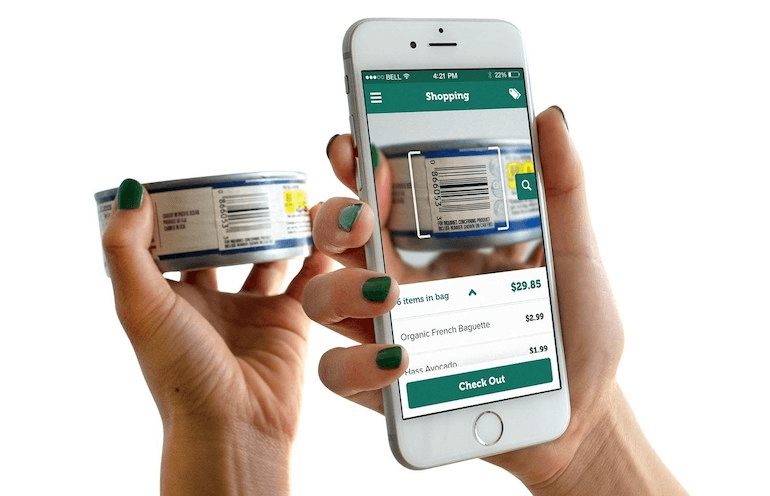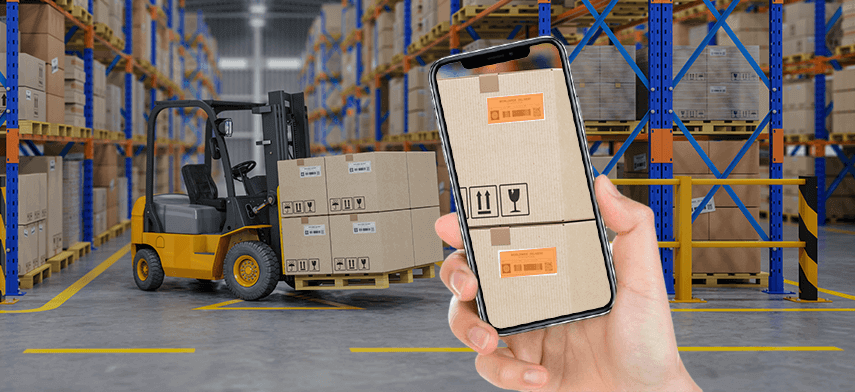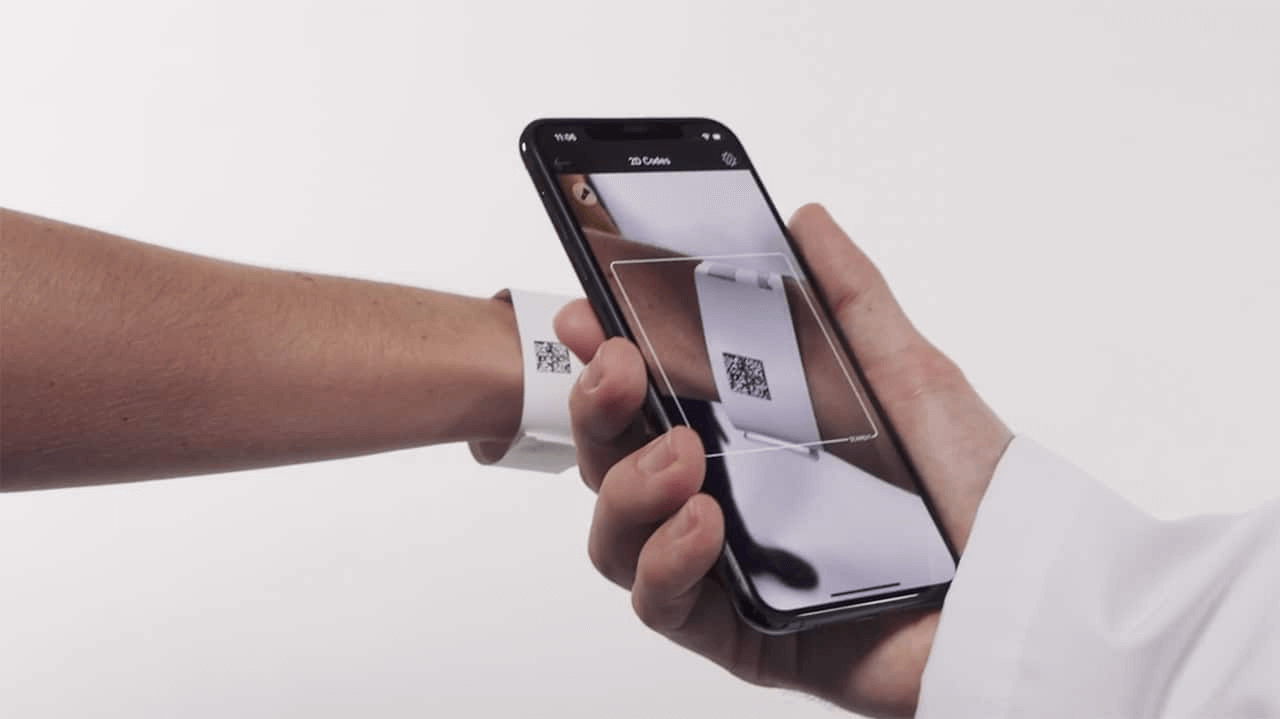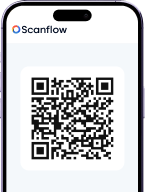Intelligent Text Scanning refers to the use of artificial intelligence (AI) and natural language processing (NLP) techniques to analyze, understand, and extract information from text data. These systems employ various algorithms and machine learning models to process textual information and derive meaningful insights.
- Image Capture: The Scanflow SDK allows developers to integrate the text scanning functionality into their mobile or web applications. When the user initiates text scanning, the camera on the device captures an image of the target text.
- Image Processing: Scanflow’s text scanning technology utilizes advanced image processing techniques to enhance the captured image. This step involves noise reduction, contrast adjustment, and other image enhancements to improve text recognition accuracy.
- Intelligent Text Scanning: The core of Scanflow’s text scanning is OCR, where the processed image is analyzed to recognize and extract text characters. OCR algorithms are used to interpret the image and convert it into editable and searchable text.
- Text Analysis: Once the text is recognized, additional NLP techniques may be applied for further text analysis, such as language detection, sentiment analysis, or key phrase extraction, depending on the application’s requirements.
- Data Output: The extracted text is then returned as machine-readable data, which can be used in real-time within the application or processed further for specific tasks.
Applications of Scanflow Text Scanning:

- Smart Data Capture: Scanflow can be used to capture data from physical documents, such as invoices, receipts, or forms, and convert it into digital formats.
- Inventory Management: Text scanning can be applied to scanning and processing product names, descriptions, or serial numbers for efficient inventory management.
- Barcode Scanning: Scanflow’s technology can work alongside barcode scanning to read and process human-readable text from product labels, enabling more comprehensive data capture.
- ID and Document Scanning: Scanflow’s text scanning can assist in reading and extracting information from identity documents, passports, or driver’s licenses for authentication purposes.
- Data Entry Automation: Scanflow text scanning can streamline data entry processes by automatically capturing text from various sources and populating relevant fields.
- Field Service Applications: In field service scenarios, text scanning can help technicians quickly access and update information about equipment, manuals, or maintenance records.
Empower your business with smart data capture – Connect with us today! https://www.scanflow.ai/
